Improving Everolimus Safety in Oncology: Missed Opportunities in Risk Minimization
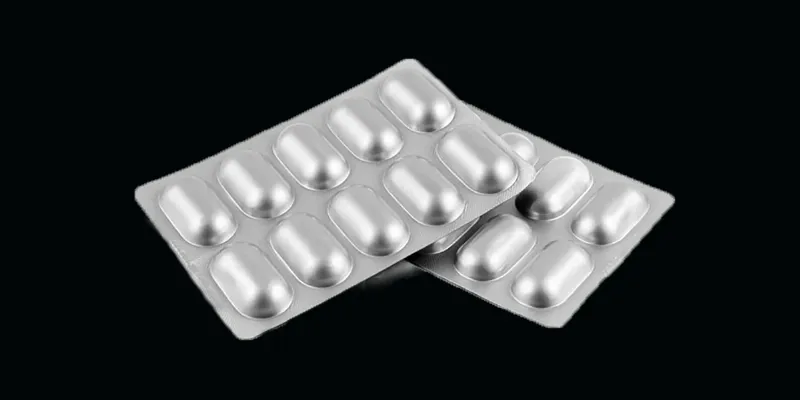

Despite two decades of clinical experience with Everolimus in transplant medicine, cancer patients continue to face preventable toxicities and fatal adverse events. While transplant patients benefit from twice-daily dosing and therapeutic drug monitoring, oncologists prescribe Afinitor using a fixed once-daily regimen without blood concentration monitoring.
By Carine Cohen
PhD, Pharmacoepidemiologist
This discrepancy has resulted in thousands of reported deaths in the US alone. By adopting proven risk minimization strategies from transplantation practice—including dose individualization through the more flexible Zortress/Certican formulation—we could significantly improve both the safety and efficacy of Everolimus in oncology.
The Core Problem: Preventable Toxicity in Cancer Patients
The literature consistently demonstrates that progressive treatment initiation prevents adverse events and subsequent treatment interruptions.1,2,3,4,5 Yet, fatal adverse events continue to affect several percent of patients receiving Afinitor,6 with above five thousand deaths reported in the US FDA database, compared to 143 with the safer Zortress/Certican presentation.7 While Novartis attributes Afinitor toxicity to lack of physical exercise,8 the evidence points to a more fundamental issue: inadequate dosing strategies and the absence of two critical risk minimization measures that have protected transplant patients for over 20 years.
Twice-Daily Dosing: A Proven Strategy to Minimize Toxicity
The pharmacokinetic rationale for twice-daily dosing is compelling. Expert analysis shows that cancer patients could benefit from the same twice-daily schedule used in transplantation, achieving equivalent drug exposure with approximately 25% lower total daily doses.9 This regimen limits the peak blood concentrations that drive adverse events, while preventing the troughs that compromise efficacy.10,11 This optimal approach directly addresses a primary cause of cancer treatment failure: adverse events triggering interruptions that accelerate resistance development and progression to potentially less effective therapies.12
The Critical Role of Therapeutic Drug Monitoring
Everolimus metabolism exhibits high interindividual genetic variability and can change during treatment.13 The relationship between blood concentrations and adverse reactions is linear,14,15 while the efficacy plateau may start around 10 ng/ml.16,17,18,19 In transplantation, Novartis mandates close blood concentration monitoring, for safety purposes.20 With a safety threshold around 12 ng/ml (twice-daily dosing), in France, this test costs €20.71 and has been reimbursed since 2006 for all indications. The absence of such monitoring in oncology represents a missed opportunity for personalized dosing that could prevent toxicity to maintain efficacy.21
The Zortress/Certican Solution: Flexibility for Individualization
The current Afinitor formulation (2.5, 5, or 10 mg tablets) lacks the flexibility needed for dose individualization. In contrast, Zortress/Certican tablets (0.25, 0.5, and 1 mg) enable precise adjustments for twice-daily schedules and individual patient needs. Paradoxically, the per-mg cost of Everolimus is lower with Zortress/Certican due to competition in the transplant market. Despite identical pharmacokinetics (same half-life as per labels, and EMA assessments)22 Novartis pretends that these formulations are “not bioequivalent”.23 Contradicting international regulatory standards,24 this artificial distinction is used since the past two decades to prevent oncologists from accessing a safer schedule, via a more flexible formulation, and safety-driven therapeutic drug monitoring.
Practical Implementation Strategy
Besides of a different dosage and, subsequently, no “bioequivalence”, the US label supports switching from Afinitor Disperz (2 mg liquid formulation) to Afinitor (2.5 mg tablets). Hence, for patients currently receiving Afinitor 10 mg or 5 mg daily, the transition process to Certican/Zortress is also straightforward:
- Measure trough blood concentration before the next dose
- Split the daily dose into twice-daily administration
- Repeat measurement after five days
- Switch to equivalent Zortress/Certican dosing
- Confirm bioequivalence with repeat measurement after five days
- Implement appropriate dose reductions, and repeat measurements weekly or every other week
The twice-daily schedule automatically increases trough concentrations by approximately 25% (measured at 11 hours versus 23 hours post-dose), allowing for appropriate dose reductions to preserve safety (and efficacy).25
Additional Safety Measures
Beyond dosing optimization, several precautionary measures can further enhance patient safety:
- Patient education on oxygen saturation monitoring for early pneumonitis detection
- Patient education on regular blood pressure monitoring
- Comprehensive vaccination status review and updates, including influenza, COVID-19, zoster, pertussis, pneumococcal vaccines, and possibly meningococcal vaccines and bronchiolitis26
Regulatory and Ethical Considerations
The systematic exclusion of cancer patients from proven safety measures raises serious ethical questions. Oncologists should consider reporting retrospectively all deaths attributed to Afinitor toxicity, which may have been under-reported due to clinical workload constraints, focusing on their recall for recent years (2024-25).
Conclusion
The evidence overwhelmingly supports adopting transplantation's risk minimization strategies for Everolimus use in oncology. Facilitated by the flexible Zortress/Certican formulation, twice-daily dosing, with safety-driven therapeutic drug monitoring, could prevent thousands of adverse events and deaths while maintaining or even improving efficacy. After 20 years of unnecessary patient harm, it's time to bridge this gap between specialties and provide cancer patients with the same standard of care long established in transplantation.
The question is not whether these measures work—transplant medicine has proven they do. The question is why we continue to deny cancer patients access to these life-saving strategies.
Disclaimer: This article represents the independent analysis of the author and does not reflect the views of the publisher.
References:
- Sheen MA, Apuri S, Ismail-Khan R. Progression free survival and toxicity with dose variations of everolimus in metastatic hormone receptor positive breast cancer. J Clin Oncol 2016; 34(15 suppl.): e12058.
- Schmidt et al. A multicentre, randomised, double-blind, phase II study to evaluate the tolerability of an induction dose escalation of everolimus in patients with metastatic breast cancer (DESIREE), https://linkinghub.elsevier.com/retrieve/pii/S2059702922002319
- Zhang HQ, Zhou JM, Zhang SH, Bian L, Xiao JY, Hao XP, Jiang ZF, Wang T. Efficacy and safety of low-dose everolimus combined with endocrine drugs for patients with hormone receptor-positive, human epidermal growth factor receptor 2-negative metastatic breast cancer. Ann Transl Med. 2021 Oct;9(19):1493. doi: 10.21037/atm-21-4273. PMID: 34805355; PMCID: PMC8573446.
- Silva, A.L.; Weschenfelder, R.F.; Riechelmann, R.P. The Efficacy of a Lower Dose of Everolimus in Patients with Advanced Neuroendocrine Tumors. Cancers 2024, 16, 3773. Taboada, R.G.; Brito, A.B.
- Kiesewetter B, Melhorn P, Macheiner S, Wolff L, Kretschmer-Chott E, Haug A, Mazal P, Raderer M. Does the dose matter? Antiproliferative efficacy and toxicity of everolimus in patients with neuroendocrine tumors - Experiences from a tertiary referral center. J Neuroendocrinol. 2023 Aug;35(8):e13319. doi: 10.1111/jne.13319. Epub 2023 Jul 23. PMID: 37485760.
- Label of Afinitor. February 2022. https://www.novartis.com/us-en/sites/novartis_us/files/afinitor.pdf
- FDA Adverse Events Reporting System (FAERS) Public Dashboard - FDA Adverse Events Reporting System (FAERS) Public Dashboard | Feuille - Qlik Sense. https://fis.fda.gov/sense/app/95239e26-e0be-42d9-a960-9a5f7f1c25ee/sheet/7a47a261-d58b-4203-a8aa-6d3021737452/state/analysis
- Zimmer P, Esser T, Lueftner D, Schuetz F, Baumann FT, Rody A, Schneeweiss A, Hartkopf AD, Decker T, Uleer C, Stoetzer OJ, Foerster F, Schmidt M, Mundhenke C, Steindorf K, Tesch H, Jackisch C, Fischer T, Hanson S, Kreuzeder J, Guderian G, Fasching PA, Bloch W. Physical activity levels are positively related to progression-free survival and reduced adverse events in advanced ER+ breast cancer. BMC Med. 2024 Oct 8;22(1):442. doi: 10.1186/s12916-024-03671-x. PMID: 39379960; PMCID: PMC11462731.
- Ter Heine R, van Erp NP, Guchelaar HJ, de Fijter JW, Reinders MEJ, van Herpen CM, Burger DM, Moes DJAR. A pharmacological rationale for improved everolimus dosing in oncology and transplant patients. Br J Clin Pharmacol. 2018 Jul;84(7):1575-1586.
- Verheijen RB, Atrafi F, Schellens JHM, Beijnen JH, Huitema ADR, Mathijssen RHJ, Steeghs N. Pharmacokinetic Optimization of Everolimus Dosing in Oncology: A Randomized Crossover Trial. Clin Pharmacokinet. 2018 May;57(5):637-644.
- Fukudo, M., Ishibashi, K. & Kitada, M. Real-world pharmacokinetics and pharmacodynamics of everolimus in metastatic breast cancer. Invest New Drugs (2021) 39, 1707–1715.
- Layman RM, Liu X, Li B, McRoy L, Brufsky A. Real-world palbociclib dose modifications and clinical outcomes in patients with HR+/HER2- metastatic breast cancer: A Flatiron Health database analysis. Breast. 2025 Jun;81:104448. doi: 10.1016/j.breast.2025.104448. Epub 2025 Mar 17. PMID: 40138984; PMCID: PMC11986547.
- de Wit D, Schneider TC, Moes DJ, Roozen CF, den Hartigh J, Gelderblom H, Guchelaar HJ, van der Hoeven JJ, Links TP, Kapiteijn E, van Erp NP. Everolimus pharmacokinetics and its exposure-toxicity relationship in patients with thyroid cancer. Cancer Chemother Pharmacol. 2016 Jul;78(1):63-71. doi: 10.1007/s00280-016-3050-6. Epub 2016 May 11.
- Alain Ravaud et al. Relationship between everolimus exposure and safety and efficacy: Meta-analysis of clinical trials in oncology. European Journal of Cancer. Volume 50, Issue 3, February 2014, Pages 486-495
- Deppenweiler M, Falkowski S, Saint-Marcoux F, Monchaud C, Picard N, Laroche ML, Tubiana-Mathieu N, Venat-Bouvet L, Marquet P, Woillard JB. Towards therapeutic drug monitoring of everolimus in cancer? Results of an exploratory study of exposure-effect relationship. Pharmacol Res. 2017 Jul;121:138-144. doi: 10.1016/j.phrs.2017.04.029. Epub 2017 May 1. PMID: 28473246.
- Tan Z, Völler S, Sancho-Araiz A, Knibbe CAJ, Moes DJAR. A Systematic Evaluation of the Dosing Regimens for Approved Targeted Therapies and Immune Checkpoint Inhibitors in Metastatic Renal Cell Carcinoma From a Project OPTIMUS Perspective. J Clin Pharmacol. 2025 May 2. doi: 10.1002/jcph.70035. Epub ahead of print. PMID: 40313197.
- Ciccarese M, Fabi A, Moscetti L, Cazzaniga ME, Petrucelli L, Forcignanò R, Lupo LI, De Matteis E, Chiuri VE, Cairo G, Febbraro A, Giordano G, Giampaglia M, Bilancia D, La Verde N, Maiello E, Morritti M, Giotta F, Lorusso V, Latorre A, Scavelli C, Romito S, Cusmai A, Palmiotti G, Surico G. Dose intensity and efficacy of the combination of everolimus and exemestane (EVE/EXE) in a real-world population of hormone receptor-positive (ER+/PgR+), HER2-negative advanced breast cancer (ABC) patients: a multicenter Italian experience. Breast Cancer Res Treat. 2017 Jun;163(3):587-594. doi: 10.1007/s10549-017-4213-9. Epub 2017 Mar 28. PMID: 28353061.
- Tedesco-Silva H, Saliba F, Barten MJ, De Simone P, Potena L, Gottlieb J, Gawai A, Bernhardt P, Pascual J. An overview of the efficacy and safety of everolimus in adult solid organ transplant recipients. Transplant Rev (Orlando). 2022 Jan;36(1):100655. doi: 10.1016/j.trre.2021.100655. Epub 2021 Sep 24. PMID: 34696930.
- Nielka P. van Erp et al. A Semi-Physiological Population Model to Quantify the Effect of Hematocrit on Everolimus Pharmacokinetics and Pharmacodynamics in Cancer Patients. Clin Pharmacokinet (2016) 55:1447–1456
- Label of Certican. May 2022. https://www.novartis.com/sg-en/sites/novartis_sg/files/Certican-May2022.SIN-app290922-pdf_0.pdf
- Maués J, et al. The patient perspective on dose optimization for anticancer treatments: A new era of cancer drug dosing—Challenging the “more is better” dogma. Clinical Trials. 2024;21(3):358-362. doi:10.1177/17407745241232428
- Public Assessment Report Scientific discussion Everolimus Synthon 2.5 mg, 5 mg and 10 mg, tablets (everolimus) NL/H/3977/001-003/DC Date: 23 November 2018. https://www.geneesmiddeleninformatiebank.nl/pars/h120847.pdf
- Everolimus - Overview of comments received on the draft guidance for product-specific bioequivalence. https://www.ema.europa.eu/en/documents/comments/overview-comments-received-everolimus-tablets-025-mg-05-mg-075-mg-and-1-mg-25-mg-5-mg-and-10-mg-dispersible-tablets-01-mg-and-025-mg-2-mg-3-mg-and-5-mg-product-specific-bioequivalence-guidance_en.pdf
- WG3_Guidelines-for-Preparing-Core-Clinical-Safety-Information-on-Drugs.pdf. Report of CIOMS Working Group III. Geneva 1995. https://cioms.ch/wp-content/uploads/2018/03/WG3_Guidelines-for-Preparing-Core-Clinical-Safety-Information-on-Drugs.pdf
- Ter Heine R, van Erp NP, Guchelaar HJ, de Fijter JW, Reinders MEJ, van Herpen CM, Burger DM, Moes DJAR. A pharmacological rationale for improved everolimus dosing in oncology and transplant patients. Br J Clin Pharmacol. 2018 Jul;84(7):1575-1586.
- Adult Immunization Schedule by Medical Condition and Other Indication | Vaccines & Immunizations | CDC
https://www.cdc.gov/vaccines/hcp/imz-schedules/adult-medical-condition.html
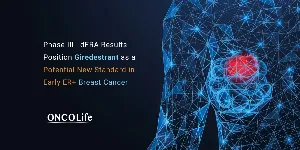
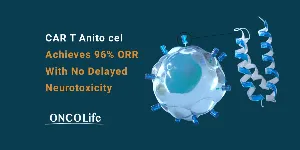


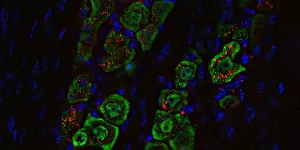
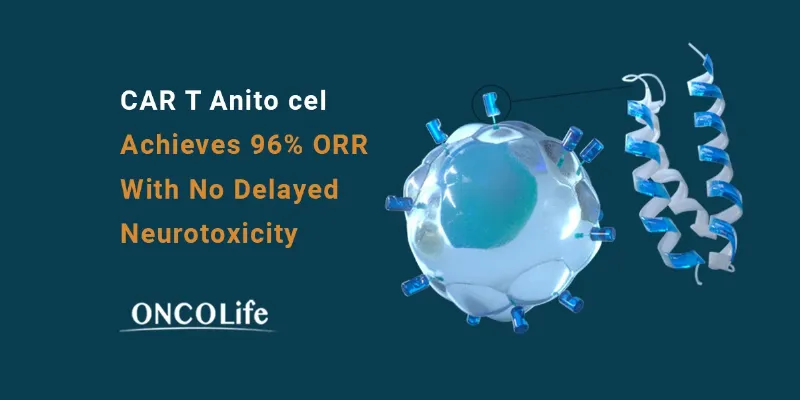
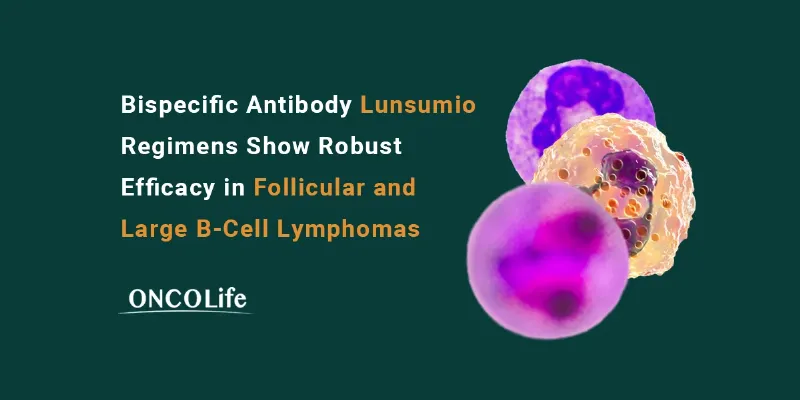
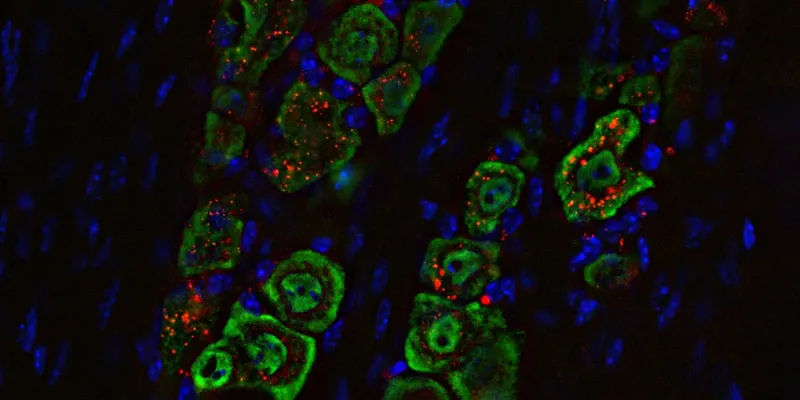
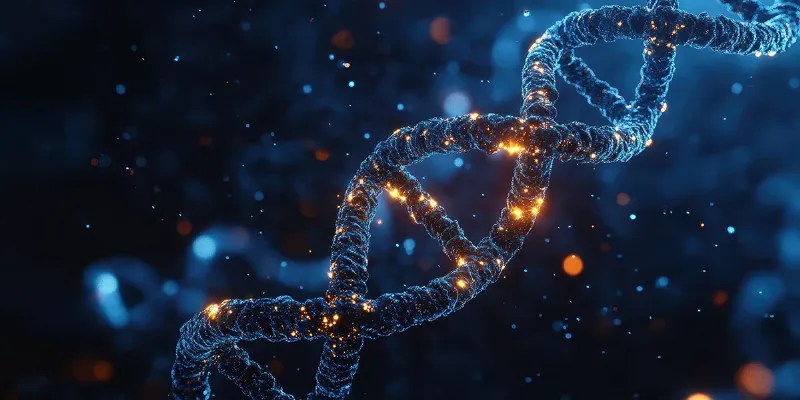
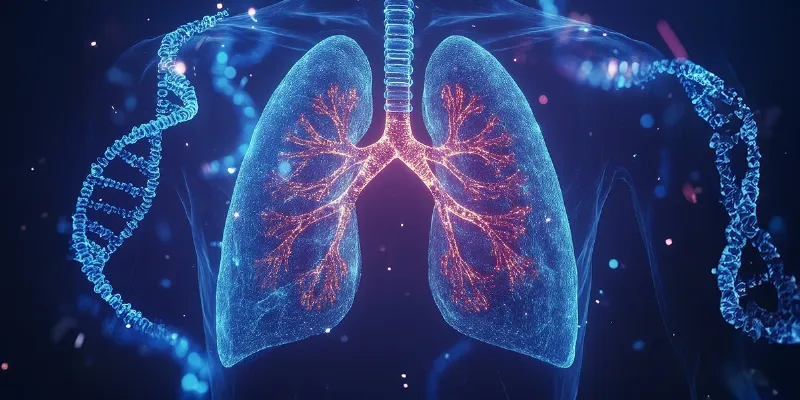

Comments
No Comments Yet!